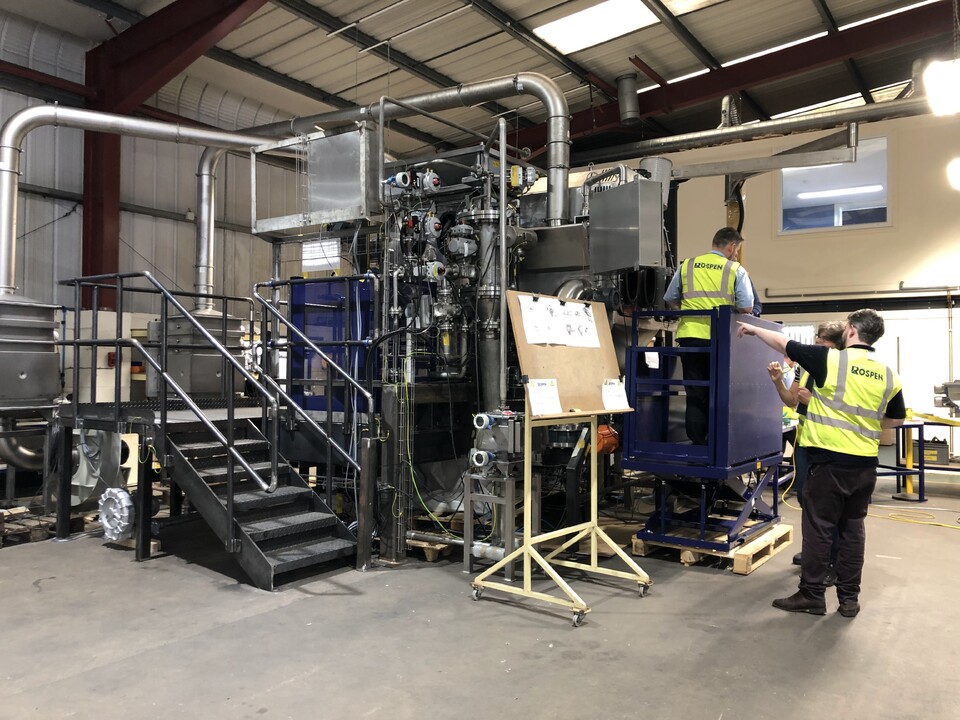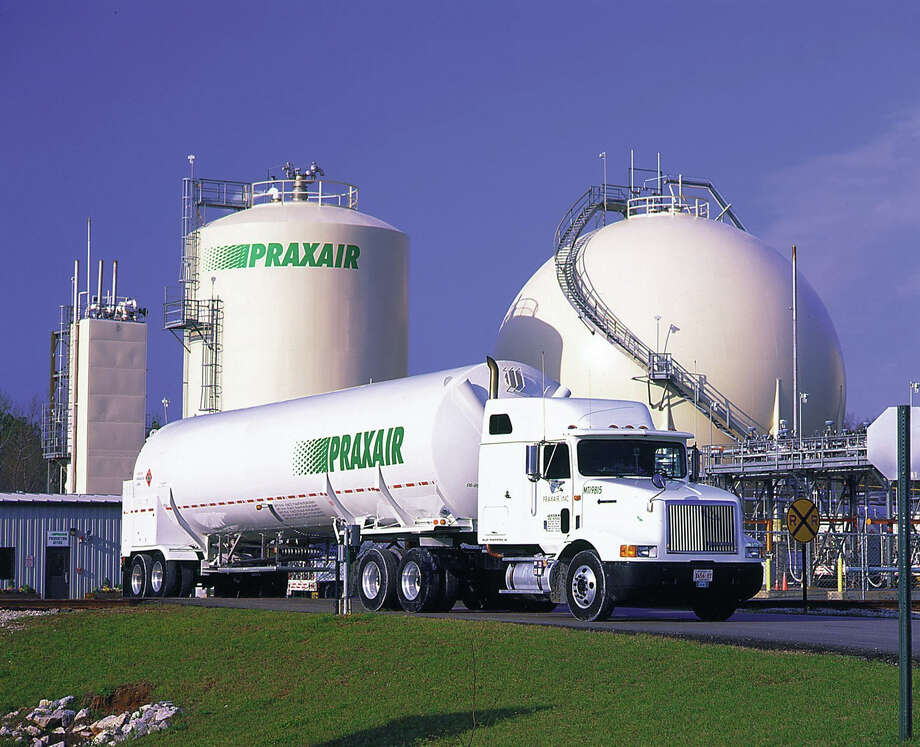The Challenges Of Producing All-American Goods

Table of Contents
The High Cost of Domestic Manufacturing
Producing All-American goods often comes with a significantly higher price tag than importing similar products. Several factors contribute to this increased cost:
Labor Costs
American workers are entitled to higher wages and better benefits than their counterparts in many other countries. This directly impacts the cost of production.
- Example: The automotive industry, where labor-intensive assembly processes are crucial, sees a significant difference in production costs between the US and countries like Mexico or China.
- Comparison: The average hourly wage for manufacturing workers in the US is considerably higher than in countries like Vietnam or Bangladesh, leading to a substantial increase in labor costs for domestically produced goods.
Raw Material Sourcing
Securing all necessary raw materials domestically poses another significant hurdle. Many essential components for manufacturing are either unavailable in the US or significantly more expensive than imported alternatives.
- Examples: Certain rare earth minerals crucial for electronics manufacturing are primarily sourced from China. Similarly, some specialty textiles might be more cost-effectively sourced from other regions.
- Supply Chain Implications: This reliance on foreign sources creates vulnerabilities in the supply chain, making domestic manufacturers susceptible to price fluctuations and potential disruptions.
Regulatory Compliance and Environmental Standards
The US boasts stricter environmental regulations and safety standards than many other manufacturing hubs. While this ensures higher quality and protects the environment, it adds substantially to production costs.
- Examples: Compliance with EPA regulations regarding emissions and waste disposal adds significant expenses to manufacturing processes. Meeting stringent safety standards for products also increases costs.
- Cost of Compliance: The cost of implementing and maintaining these compliance measures can be substantial, impacting the overall price competitiveness of All-American goods.
Competition from Overseas Manufacturers
Domestic manufacturers face fierce competition from overseas producers who benefit from significantly lower production costs and established global supply chains.
Lower Production Costs Abroad
Lower labor costs, less stringent regulations, and often cheaper energy contribute to significantly lower production costs in many countries.
- Examples: Countries like China, Vietnam, and Bangladesh are known for their low manufacturing costs, enabling them to produce goods at significantly lower prices than US manufacturers.
- Cost Comparisons: A simple comparison of the cost of producing a single garment in the US versus in Bangladesh often reveals a substantial price difference.
Global Supply Chains
Existing global supply chains are heavily optimized for overseas manufacturing. These established networks make it challenging for domestically-focused businesses to compete effectively.
- Examples: Many companies rely on global supply chains that span multiple countries, making it difficult and expensive to shift production entirely to the US.
- Challenges of Reshoring: Breaking away from these well-established systems and creating entirely new domestic supply chains requires significant investment and restructuring.
Tariffs and Trade Barriers
Tariffs and other trade barriers can impact the price and availability of both raw materials and finished goods, further complicating the landscape for All-American goods.
- Effects on Industries: Tariffs imposed on imported goods can increase their prices, making domestically produced alternatives more competitive. However, tariffs on raw materials can also increase production costs for domestic manufacturers.
- Impact on Consumers: Ultimately, these trade policies can significantly impact consumer prices, potentially leading to higher costs for domestically made products.
Maintaining Quality and Innovation in Domestic Production
Sustaining a competitive edge requires addressing challenges related to skilled labor, technological advancements, and consumer perception.
Skilled Labor Shortages
Finding and retaining skilled workers for American manufacturing is a significant challenge. Many industries face a shortage of qualified personnel.
- Examples: Advanced manufacturing sectors, such as robotics and aerospace, often struggle to find individuals with the necessary technical expertise.
- Strategies for Addressing Shortages: Investing in vocational training programs and apprenticeships is crucial to address these skill gaps and attract a new generation of skilled workers.
Technological Advancements
To stay competitive, domestic manufacturers must continually invest in technology and automation.
- Examples: Implementing robotics, AI-powered systems, and advanced manufacturing techniques are essential for improving efficiency and reducing costs.
- Costs of Technological Implementation: The initial investment in new technologies can be substantial, but these investments are often necessary to remain competitive in the long run.
Consumer Perception and Brand Loyalty
Consumer preferences and brand loyalty play a crucial role in the success of All-American products.
- Consumer Attitudes: While there's a growing preference for domestically-made goods, price remains a significant factor for many consumers.
- Building Brand Loyalty: Domestic manufacturers need to effectively communicate the value proposition of their products – emphasizing quality, sustainability, and support for American jobs – to build brand loyalty and justify higher price points.
Conclusion
Producing All-American goods presents a formidable set of challenges. High production costs, stiff competition from overseas manufacturers, and the need for continuous investment in technology and skilled labor all contribute to the complexities of this endeavor. However, the desire for domestically produced goods remains strong. By consciously choosing All-American goods, consumers can help revitalize domestic manufacturing, support local economies, and contribute to a stronger US economy. Let's all work together to support the future of Made in the USA products and the jobs they create!

Featured Posts
-
 Candlelight Vigil At Fort Belvoir A Tribute To Fallen Soldiers
Apr 29, 2025
Candlelight Vigil At Fort Belvoir A Tribute To Fallen Soldiers
Apr 29, 2025 -
 Stock Market Valuations Bof A Says Dont Worry Heres Why
Apr 29, 2025
Stock Market Valuations Bof A Says Dont Worry Heres Why
Apr 29, 2025 -
 China Market Headwinds Analyzing The Struggles Of Bmw Porsche And Other Automakers
Apr 29, 2025
China Market Headwinds Analyzing The Struggles Of Bmw Porsche And Other Automakers
Apr 29, 2025 -
 Access To Birth Control Examining The Impact Of Over The Counter Options Post Roe
Apr 29, 2025
Access To Birth Control Examining The Impact Of Over The Counter Options Post Roe
Apr 29, 2025 -
 Chainalysis And Alterya A Strategic Merger In Blockchain And Ai
Apr 29, 2025
Chainalysis And Alterya A Strategic Merger In Blockchain And Ai
Apr 29, 2025
Latest Posts
-
 Controversial Cardinals Conclave Voting Rights Under Scrutiny
Apr 29, 2025
Controversial Cardinals Conclave Voting Rights Under Scrutiny
Apr 29, 2025 -
 Papal Conclave Disputed Voting Rights Of A Convicted Cardinal
Apr 29, 2025
Papal Conclave Disputed Voting Rights Of A Convicted Cardinal
Apr 29, 2025 -
 Convicted Cardinal Fights For Conclave Voting Rights
Apr 29, 2025
Convicted Cardinal Fights For Conclave Voting Rights
Apr 29, 2025 -
 Cardinal Maintains Voting Eligibility Despite Conviction
Apr 29, 2025
Cardinal Maintains Voting Eligibility Despite Conviction
Apr 29, 2025 -
 Controversial Cardinal Fights For Conclave Inclusion
Apr 29, 2025
Controversial Cardinal Fights For Conclave Inclusion
Apr 29, 2025
